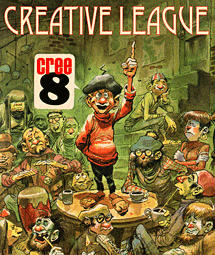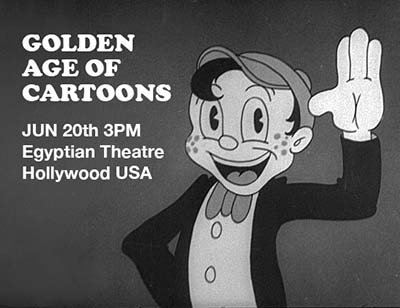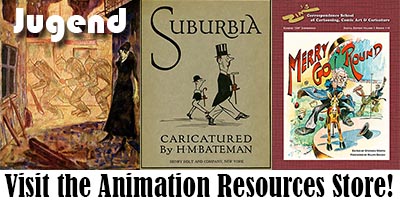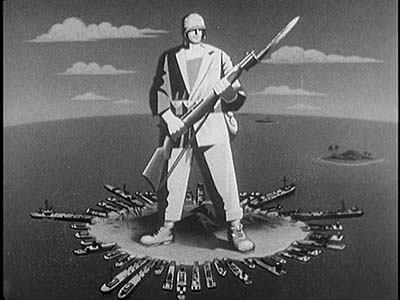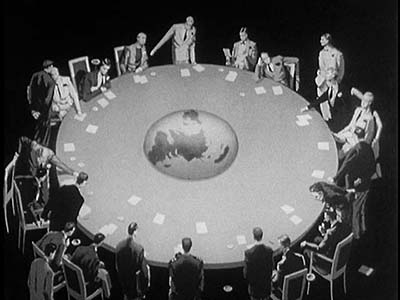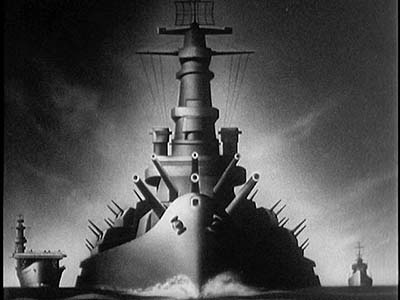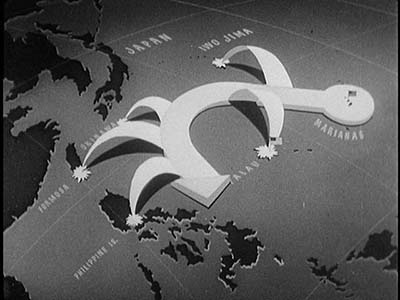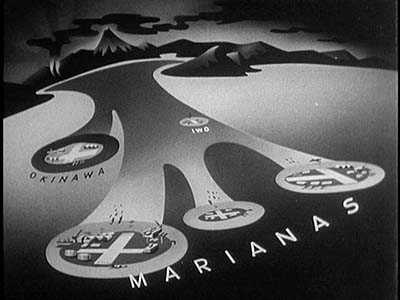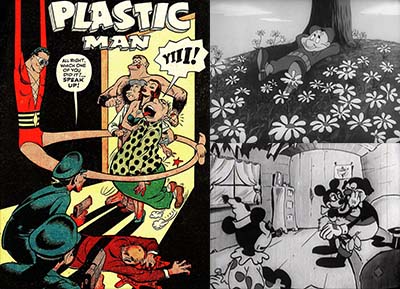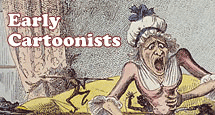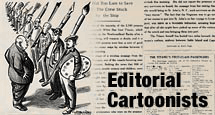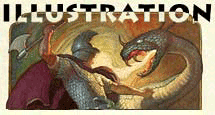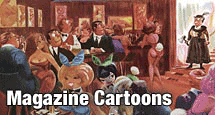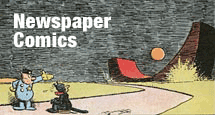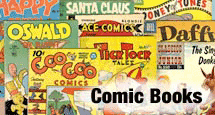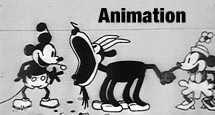RARE AND RESTORED!
A Time Machine Trip Back To The Golden Age Of Cartoons
Egyptian Theatre- Sat June 20th 2015, 3pm
Presented by the American Cinematheque and Animation Resources
ORDER TICKETS NOW! / EGYPTIAN INFO PAGE / FACEBOOK EVENT PAGE
Back in the 1920s and 30s, cartoons were a truly magical experience. Hand drawn doodles danced and sang projected as big as a house on the silver screens of lavish movie palaces. Every short cartoon was a window into a world of its own, and artists were free to use their pencils and paint to make fun of absolutely anything- no rules, no censors.
Today, times have changed. Animation is primarily a children’s medium. It’s made with computers, and the scope of the cartoon world is limited by the size of the TV set in our living room. Classic animated films of the past have suffered the ravages of time, gradually deteriorating, being bumped out of broadcast TV schedules, fading away until they’re little more than just a pleasant memory.
But on June 20th, film preservationist Steve Stanchfield will turn back the hands of time and present a program of newly restored vintage cartoons on the big screen at the legendary Egyptian Theatre in Hollywood. Stanchfield is a champion of rare and forgotten animation, and his company, Thunderbean Animation is helping preserve our cartoon heritage, utilizing modern digital technology to return these precious films to their former glory.
Also on board for this exciting program is Stephen Worth, the president of Animation Resources, a 501(c)(3) non-profit organization devoted to serving animation artists and researchers. Worth will be sharing the stories of the artists who made the films and providing historical background. The program will include a little bit of everything, from animation’s biggest stars to its most unusual obscure characters. There will be silent films and sound films, early experimental color cartoons, as well as good old black & white. The rarest of the rare will be back on the big screen where it belongs, and even the most die hard cartoon fans will see plenty of things in the program they’ve never seen before- perhaps things they didn’t even know existed!
Steve Stanchfield will have DVDs and blu-rays of restored cartoons for sale in the lobby after the program, and Animation Resources will be on hand to provide info about their organization.
Screening format 35mm, 2K Digital





